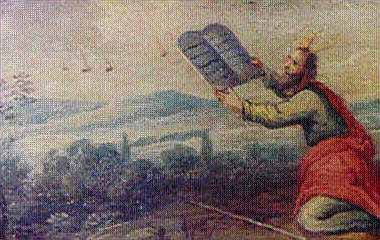The program provides two required internships: college students might intern at a fine arts museum, a business gallery, or a non-profit arts group. Contemporaneous with Wölfflin’s profession, a serious college of art-historical thought developed at the University of Vienna The first technology of the Vienna College was dominated by Alois Riegl and Franz Wickhoff , both college students of Moritz Thausing , and was characterised by a tendency to reassess uncared for or disparaged intervals in the historical past of art.
His two most notable works that introduced the idea of artwork criticism have been Gedanken über die Nachahmung der griechischen Werke in der Malerei und Bildhauerkunst, published in 1755, shortly before he left for Rome ( Fuseli revealed an English translation in 1765 below the title Reflections on the Portray and Sculpture of the Greeks), and Geschichte der Kunst des Altertums (Historical past of Art in Antiquity), published in 1764 (this is the primary incidence of the phrase ‘history of art’ in the title of a e-book)”.
These included: Die Brucke (1905-eleven), a group based mostly in Dresden in 1905, which combined parts of conventional German artwork with Submit-Impressionist and Fauvist types, exemplified in works by Ernst Ludwig Kirchner, Karl Schmidt-Rottluff, Erik Heckel, and Emil Nolde; Der Blaue Reiter (1911-14), a unfastened association of artists based mostly in Munich, together with Wassily Kandinsky, Franz Marc, August Macke, and Paul Klee; Die Neue Sachlichkeit (Twenties) a publish-struggle satirical-realist group whose members included Otto Dix, George Grosz, Christian Schad and to a lesser extent Max Beckmann.
The first is (1) to discover who made a selected artwork object (attribution), (2) to authenticate an art object, figuring out whether it was indeed made by the artist to whom it is historically attributed, (3) to find out at what stage in a tradition’s growth or in an artist’s career the article in question was made, (4) to assay the affect of 1 artist on succeeding ones within the historical past, and (5) to gather biographical information on artists and documentation (provenance) on the earlier whereabouts and ownership of particular artistic endeavors.
Strongly influenced by Worldwide Gothic , the European revival of superb art between roughly 1300 and 1600, popularly generally known as “the Renaissance”, was a singular and (in many respects) inexplicable phenomenon, not least because of (1) the Black Loss of life plague (1346), which worn out one third of the European population; (2) the one hundred Years War between England and France (1339-1439) and (3) the Reformation (c.1520) – none of which was conducive to the development of the visual arts.